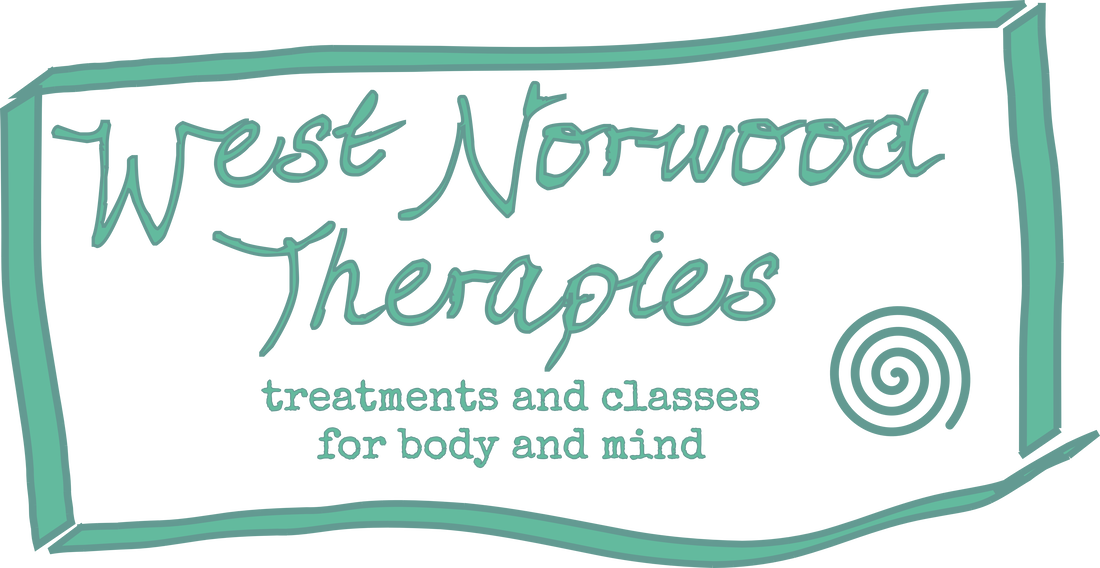|
WNT founder Jennie Duck reflects on her home birth experience and the factors that made it a positive one, sharing what supported her own experiences and some resources that could support you. My daughter turned one a few weeks ago and I have been reflecting on the moment her joyful little presence wriggled gleefully into our lives. She was born weighing 8lb 10 at 8.10pm on a Saturday night and my overwhelming feeling as I held her in my arms was luckiness. How lucky I was to have a perfect, healthy, alive little baby born just as I hoped - at home with a midwife - and joining her older brother in making their entrances as Ducks with their own minds: both born on the kitchen floor alongside, rather than in, the birthing pool.
That feeling of luckiness was largely due to a fear that haunted my pregnancy of losing our baby, a common feeling, I think, for women who’ve experienced miscarriages as I have. With this pregnancy I felt it as such certainty: surely something would go wrong and a stillbirth was the ultimate point at which this fear would be realised. So, a live and utterly healthy baby was nothing short of a miracle to my nervous system. I am still slightly stunned by it. I had a beautiful (and intense!) birth experience. I was at home in low light and felt safe. I was active throughout, lots of yogic movement and in and out of the birthing pool. I had an experienced and sensitive midwife who struck an ideal balance of letting me get on with it with support on hand when needed. I had my own music playing, my husband around and my son safely upstairs building lego with his uncle. My baby came in a swift 5 hours, contractions were intense from the get go so it was very physical and the second stage of labour was quick, just a few huge pushes (I was ready to rest by that point!). She came out in the bag, it burst as I held her and because we were at home we just transferred to the sofa and set about skin to skin snuggles with no need to go anywhere for the week to come. It could have been so different - two days before that I had a scan that caused the consultant at the hospital to suggest I had a caesarean section because they thought the baby was so big. At the ‘geriatric’ age of 41 I had agreed to this late 41-week scan to check the placenta was still in good condition. I’d asked not to be notified about the weight as I know my mental preparation would suffer a blow if I were told it was a large baby, but because they were concerned it got flagged up and it did indeed instil fear in me that I was getting ready to birth a whopper. That it should all end so positively is down to a number of things and these things are part of what makes me feel so lucky. I know many women are not so lucky and I hope by sharing some of the things that made my experience so positive someone might find support in these avenues too. The fact that they helped me cope with the turn of events that had me considering an unnecessary caesarean epitomises why these things are so precious to have. Lucky thing number 1: A wonderful midwife and midwifery team that I got to know and who got to know me. I live in Scotland so was with the Ayrshire and Arran home birthing team, but my first child was born in West Norwood with an equally excellent homebirth team connected to Kings. This meant I had all my appointments at home and I got to know each of the team over the course of my pregnancy. The team knew my history, my mindset, my physical health, my family and my home environment. My own midwife was so keen to be at my baby’s birth that she said she would come even if she wasn’t working. It was personal and supportive and it meant that when I came out of the scan appointment where the hospital midwife and consultant didn’t know me, my midwife was able to reassure me that my body was growing a baby appropriately sized to my capacity, that my mental and physical preparation were good and that a home birth could still be my first choice. She was so right (and here’s one for physical touch and palpation over technology): my baby was 8lb 10 rather than the 11lb the scan had suggested. Moreover, I had no painkillers, interventions and no ‘exit wounds’ from the birth, only some muscular soreness from the effort and intensity. Lucky thing number 2: The support of a hypnobirthing expert and bodyworkers and the financial capacity to pay for it. I am sad that these are a privilege to women because they are so powerful and helpful. For hypnobirthing there are free and cheaper resources out there which I encourage you to use – guided meditations, books, relaxation exercises and some of the resources listed below are all really helpful. But the one-to-one support I had was incredibly valuable to me, especially as I began to prepare for the possibility of birthing an 11lb baby! Hypnobirthing works using hypnosis and deep relaxation to help shift limiting beliefs and doubt in the subconscious so it can help you prepare deeply and, for me, helped me trust my body’s implicit wisdom and capabilities. I also had some acupuncture – privately from pre-conception and throughout pregnancy and then, amazingly our local midwifery team were trained in ‘cervical ripening’ at the later stage so I had this and some foot massage from my midwives! Full body massage was also invaluable in helping my body prepare, relax and for the physical strain of late pregnancy. Lucky thing number 3: My own education and understanding of bodies, birth, mind-body interplay and a decision to tune out what wouldn’t help Of course, as a bodyworker and the owner of a complementary health business I live in a world where things like ‘mind-body interplay’ are ongoing considerations – so this lucky thing is partly due to my personal interests and life trajectory. It also means I am in an environment where I know people who will suggest things to me like reading Ina May Gaskin who opened the door to homebirth for me and gave me the confidence to start down that road. It also meant that things like peroneal massage were a no-brainer and I prioritised the relaxation side of yoga, using yoga nidra (see below) a lot and ensuring any strength building involved lots of breath work too. I realise many people are not in this world and the jump to homebirth or some of these approaches might be bigger than for me, but the fundamental point is that my interest in what was happening and going to happen in my body and focus on working with that played an ENORMOUS part in my having the positive birth experience that I had. It doesn’t need specialist knowledge or even interest, more an attitude of tuning in and listening to what your body and baby need and then (this is the hard part) acting on that, even if it means (as it did for me) cocooning yourself for several weeks and potentially offending some people. I believe empowering myself with knowledge, techniques and boundaries made all the difference. Lucky thing number 4: The emphatic support and trust of my partner This is a big one for home birth because you have to believe that it is the right choice for you and your baby. If your partner would feel safer in a hospital then this can impact your ability to fully relax into being at home, you might absorb their anxiety. My partner read Ina May Gaskin too and learned to trust that I knew my body. It was better with the second – with my first home birth he let his absolute honesty interfere! When I wanted him to tell me it was going to be ok he said “I’m sorry I just don’t know that” so I pushed him away and asked the midwife to tell me instead, which she duly did😊 The second time he knew that I just needed to hear his belief in my capacity and he was more ready for this. And here are my key learnings that helped me have a positive birth:
Resources: Ina May Gaskin – any of her books! Birth Matters is a great starter. Guide to Childbirth another helpful one and Spiritual Midwifery if you are already a bit down the road with home birth / open to more esoteric reading Kristin Hayward Hypnobirthing – Kristin is based in Herne Hill and also offers sessions online. She does sessions with couples and individuals and is so lovely, encouraging and an expert in her field Katherine Graves is another big name in hypnobirthing and has a book that might be helpful if you aren’t able to have one to one sessions Yoga Nidra and Uma Dinsmore-Tuli – Uma is the queen of yoga nidra (yogic sleep / deep relaxation) and this wonderful resource features lots of free (or payment by donation) yoga nidra sessions and some good birth preparation exercises (see the shop – yoga for birth or pregnancy)- I used a lot of this during my labour, it was wonderful 😊 https://www.yoganidranetwork.org/ Acupuncture – Philippa is our fertility, pregnancy and birth prep specialist at WNT and if I’d been in London I would have seen her regularly as I did with my first child (also a positive home birth) Massage – Erika has lovely hands and has worked on a lot of pregnant bodies, she would be able to help with aches and pains and provide a gently nourishing space in late pregnancy and also post-natal recovery period (which in my experience is over a year long…!) Reflexology – Laura offers this other approach to fertility and pregnancy support which is an equally effective alternative to acupuncture – I recommend choosing based on your preferences and what you are drawn to
0 Comments
WNT founder Jennie Duck shares some thoughts around how light impacts our environment and what that means as we embrace the transition of autumn. My husband and I play a game in our house: I come into a room and turn the lights on, he comes in and turns them off. He is driven by environmental concerns, an aversion to waste and the cost of electricity. My drive is simpler and more visceral: happiness.
Light makes me happy. Different lights make me feel different types of happiness - a misty morning with the sun breaking through fills me with optimism and ideas for the day or an urge to take photographs of the beauty it shows up. Late afternoon light is more peaceful than the morning and speaks of socialising more than doing - beer gardens, barbeques or tea and cake depending on my age and stage. Soft lighting makes me feels safe, cosy, reflective, nourished. A bright kitchen light makes me want to put music on and engage with my family, while a darker room makes me feel like retreating and dampens my energy. I love the role that lighting plays in a therapeutic setting. My friend used to talk of 'entering the womb' when she came for a massage and I believe that plays no small part in the nourishing effect of a session at WNT or another thoughtfully lit treatment space. You are invited to slow down, to stop and retreat for a while. This entering into such a space reminds me of Autumn, a time of transition from long, bright, energetic days to short, dimmer, more slothful days – getting ready to enter the womblike winter where so much of the world around us is curling up to sleep. How does this transition sit with you? Are you like me and derive some of your inner spark from the light around you? Or are you more ambivalent about the role light has on your inner world? How do you adapt around this time of year? For me this time of year needs a conscious shift, a letting go and starting to prepare for hunkering down. In our home it means adjusting the lights we use in each room to make it cosy rather than bright, getting some candles out and replacing the bulbs in my salt lamps. We will also start to light the fire soon, which in our house is our primary heating source, and that brings with it extra cosiness and a particular type of restorative, wholesome, vital light and warmth. And pretty soon my husband and I will start a new game with the boost button on the central heating… Massage therapist Erika Zettervall has embarked upon an experiment: can running help with depression? In this inspiring blog she shares her journey so far and some helpful resources for anyone interested in exploring whether running might be a good option for yourself in improving mental wellbeing. I have taken up running again, this time conducted as a little experiment to see how - or if - it affects my state of mind. Bluntly put, I’d like to see if it works to combat depression. My state of mind has been a bit low and dull, feeling uninspired and finding it hard to make decisions as well as difficulty concentrating. Perhaps that’s normal sign of ageing or symptomatic of my lifestyle with increased screen time and social media indulgence. According to psychiatrist Anders Hanson, running 30-45 minutes 3 times a week at 70% effort for at least 6 weeks would create changes in the brain that help with depression. My understanding is that there is a substance produced in the hippocampus and cerebral cortex in the brain called BDNF (Brain Derived Neurotrophic Factor) that protects, repairs and stimulates new brain cells. Having low levels of this substance is associated with depression. Medication increases these levels as does exercise. I have taken antidepressants in the past and found them helpful to some extent but not really making much difference long term and at this point it doesn’t feel necessary to seek them out. So, after finding a book on my bookshelf in the great unread section by Dr Anders Hansen writing about the benefits exercise in general, and running in particular, has on the brain as well as hearing him speak on Rangan Chatterjee’s podcast, Feel Better Live More, episode 38, I decided to give it a go. A simple explanation for these benefits is that our biology is still more in line with being a hunter gatherer and not suited for the abundant, convenient world we now live in. Shorter sessions of 20-30 minutes would also make improvements in the functions of the brain such as memory and creativity. The plan is to work up to the 45min sessions and keep it up for 6 weeks and see how I feel and then keep going with three times a week 30-45min sessions. It sounds a realistic and doable plan to have and curious to see how this will take me through the winter. No doubt shorter days and harsher weather will be a bit of challenge. Luckily, I have always liked running when I’m fit enough and I enjoy the striding movement. It’s a nice way to explore an area be it park, wood or neighbourhood. It is also a very accessible and simple way to exercise. No need for fancy memberships, class schedules or expensive equipment. Just put shoes on and go. I like the freedom of that. I am now 4 weeks in and it is a joy. Perhaps it’s the lovely, mild autumnal weather that brings a pep to my step. Starting out being in general good health and having a comfortable walking gait has been helpful (don’t run before you can walk as the saying goes) in having making it very pain free so far. Not focusing on speed or distance makes it very carefree. The first two weeks I went for 20-30 min sessions and this last week increased it to 45 min a couple of times.
As to how my mind is: Feeling a lot more inspired than I did a couple of weeks ago, but if that is down to the actual running or to setting and following a plan it’s hard to say. Having an intention with what you do, whatever it is, is also one of these things in life that can shift the mood.
Acupuncturist Philippa Summers suggests some local classes suitable from pregnancy to preschool and highlights which of the WNT team can support you around this busy, nurturing stage of life. As the nights begin to draw in and we withdraw inside a little more it can be more challenging to plan your days with a baby or toddler, and to look after your own well-being and fitness. Well, the good news is there are a wealth of opportunities out there, activities you can do with your baby or children and classes for yourself with your baby or at those precious moments you have to yourself. Just getting out and meeting up with other mums and dads can make a whole world of difference as you adjust to parenthood. Maybe you are looking for something specific or just want to browse and see what’s out there.
I came across a website, Happity, that makes searching for classes and events in your area a doddle. It covers everything from pregnancy through the baby and toddler years to age 5. Prices vary, some are free and some low cost from as little as £2. Among them are:
I know from my own experience and that of probably every parent I know just how important these groups are through this phase of life. If you are struggling with post-natal depression Happity also have a dedicated area of their website which includes links to useful resources. Check out their blog, too. I’d like to make a special mention for Gather-ed as they offer something a little different and I think much needed. They offer 1:1 support, workshops and group gatherings with experienced facilitators including midwives - ‘gently facilitated discussions on themes and topics relevant to parenthood…and are a space for honest, authentic conversations’. Wednesday mornings at Knowles in West Norwood, other classes in East Dulwich. Pregnancy Treatments at West Norwood Therapies Finally, we can help to support you throughout your pregnancy with our treatments at West Norwood Therapies:
Acupuncture: Some women choose to have regular acupuncture to support them throughout their pregnancy, but commonly it will be to help with a particular issue. In the early stages of pregnancy women often seek help for morning sickness and at the latter stages for breech presentation and birth preparation. For birth preparation there are advantages to starting treatment at 36 weeks but with the all-clear from your midwives we can also offer treatments when you are overdue and facing an induction. If you are trying to conceive Laura and Philippa also offer fertility focussed treatments, too. Please just get in touch if you’d like to find out more. |
AuthorBlogs from the WNT team. For our blogs from before June 2020 please see individual profile pages - it's a good way to get to know practitioners too. Archives
June 2024
Categories
All
|
|
Visit us - by appointment only please - in the office block in the Access Self Storage premises at 443 Norwood Road, London, SE27 9DQ
[email protected] Phone - please contact practitioners directly, or if not in a rush you can leave a message for us to call you back at 07931876931. |
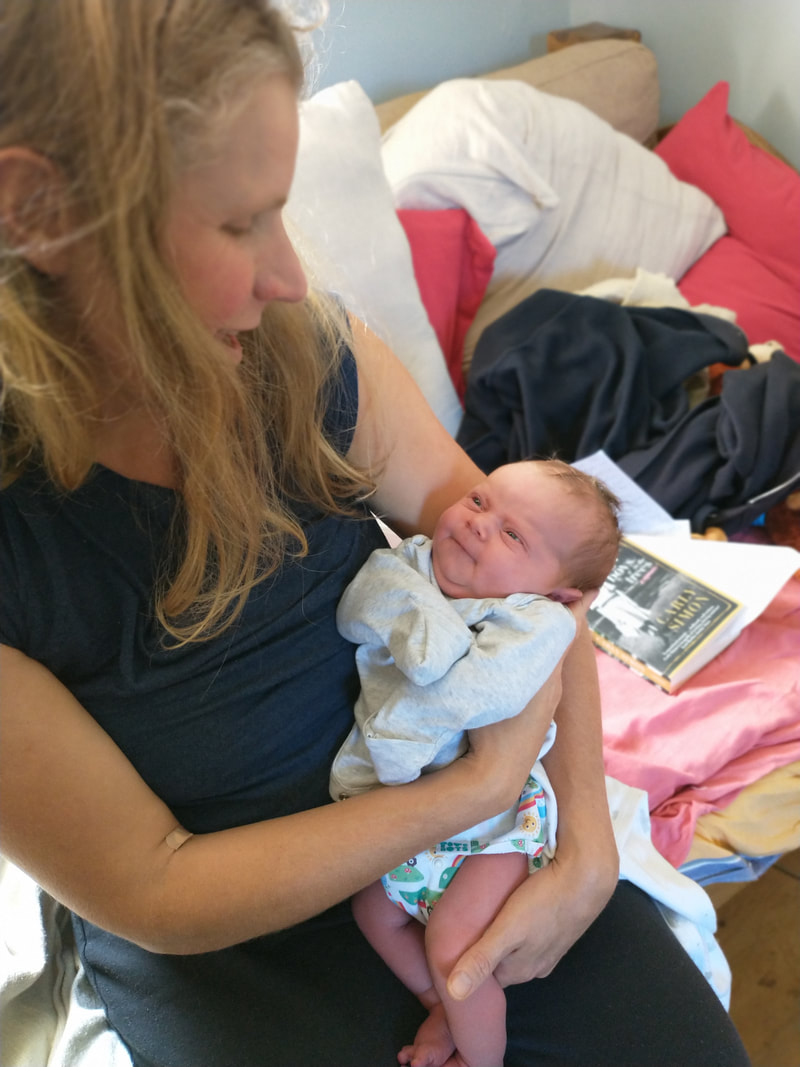

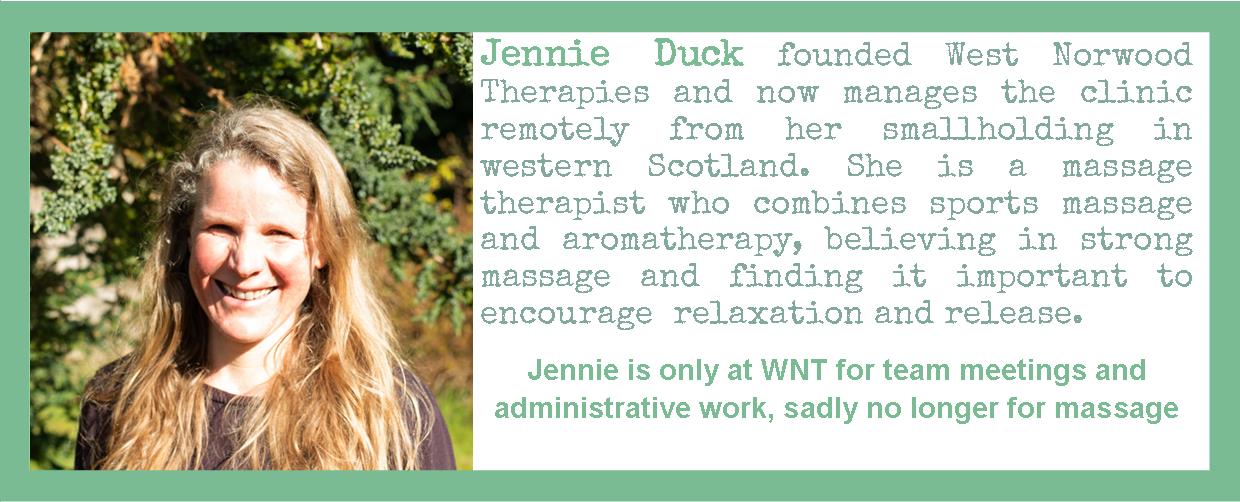

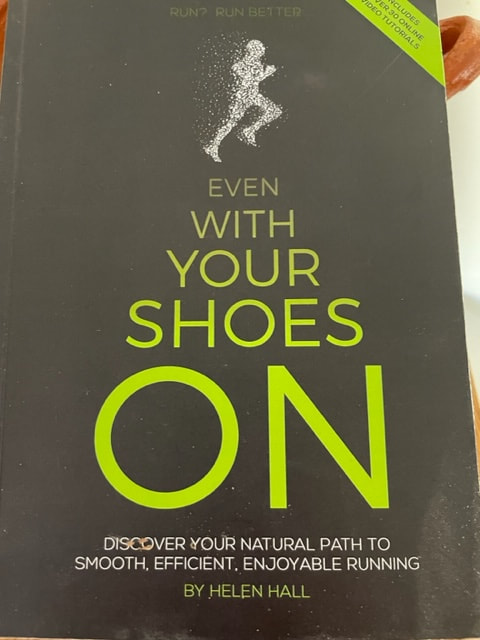
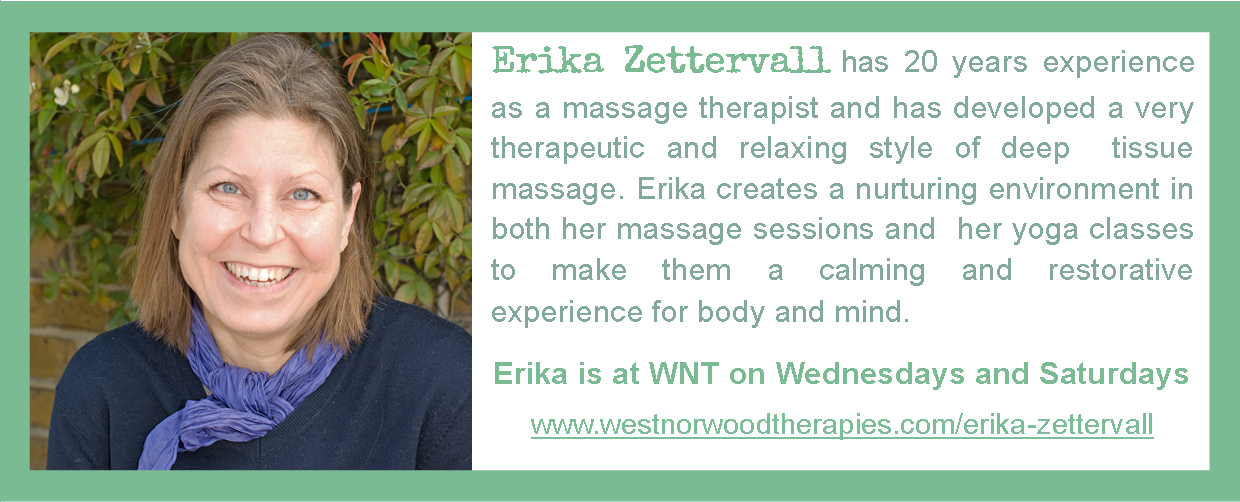
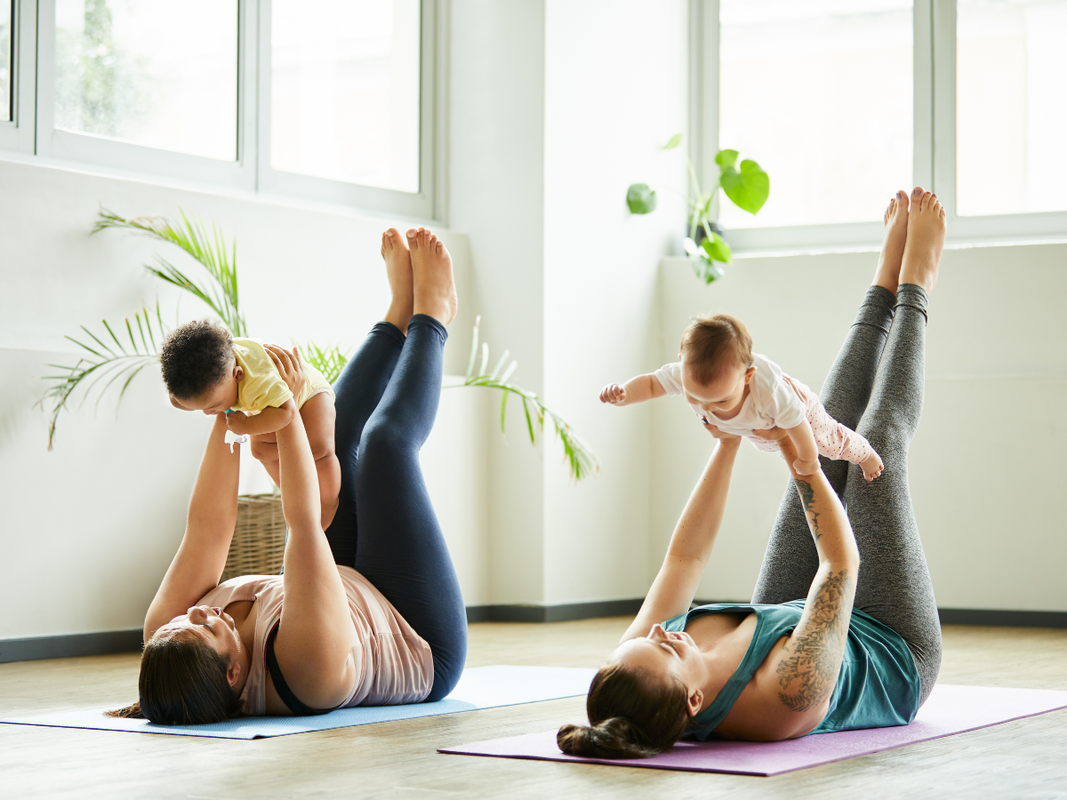
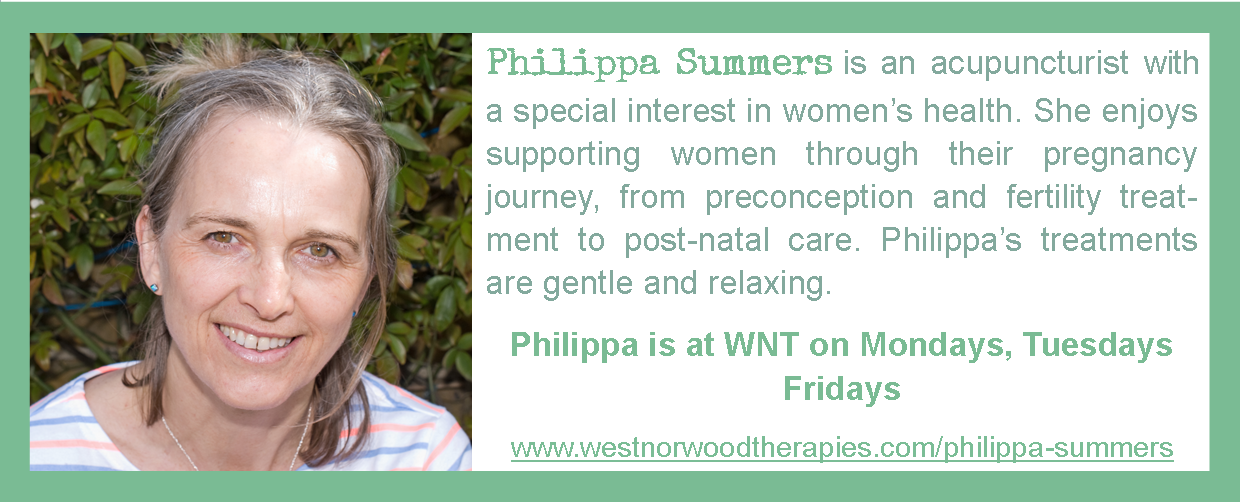
 RSS Feed
RSS Feed
